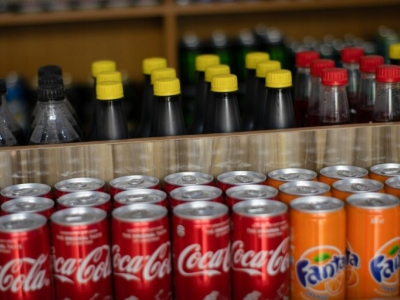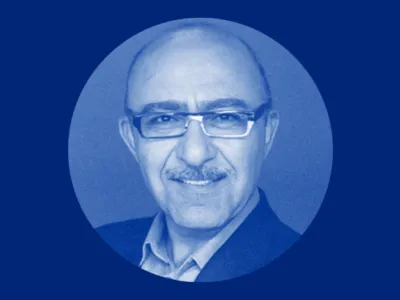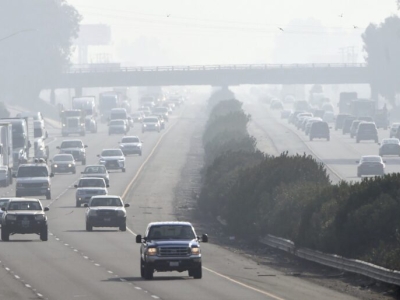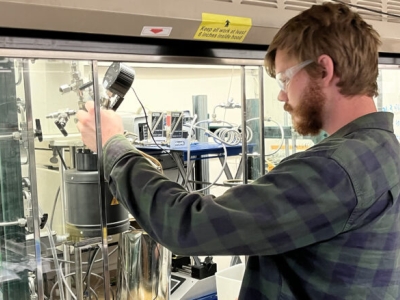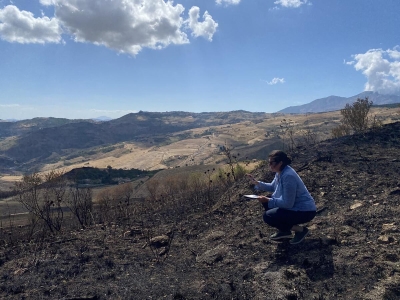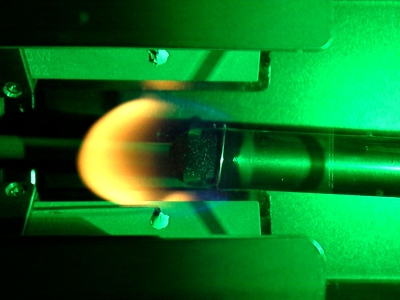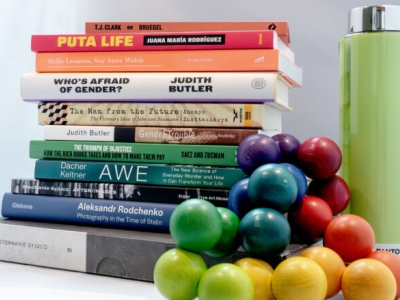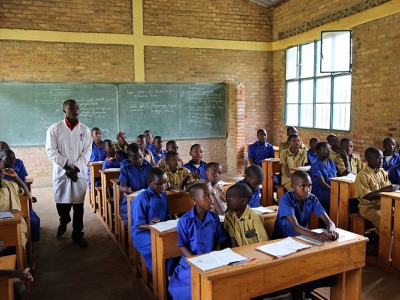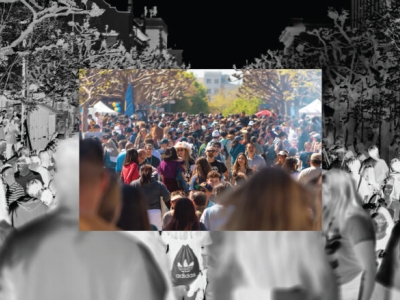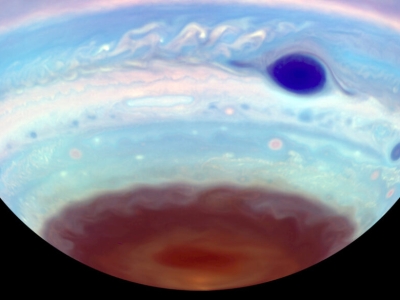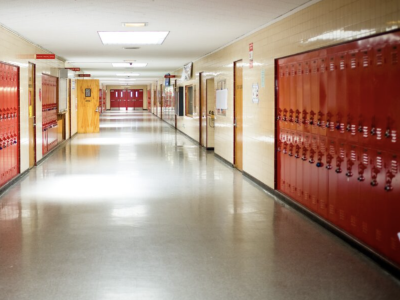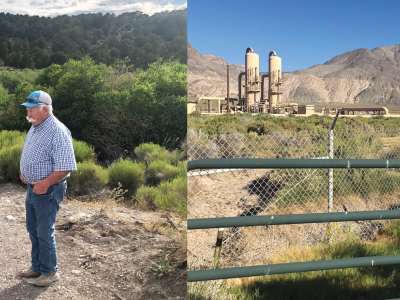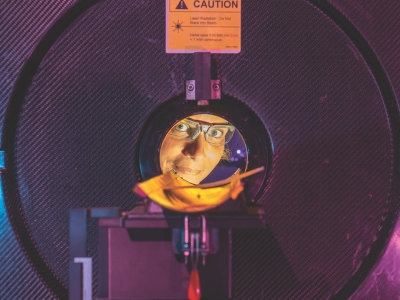Berkeley researchers found that taxes on sugar-sweetened beverages helped to change social norms around sugary drinks.
Research News
Learn more about UC Berkeley's researchers and innovators.
Showing 113 - 128 of 3459 Results
Berkeley engineering professor Homayoon Kazerooni has been named a 2024 fellow of the National Academy of Inventors.
New survey sheds light on various Californian opinions regarding global climate change.
Look back on some of 2024’s most memorable discoveries from UC research.
Berkeley researchers link the surge in wildfire outbreaks to the weaponization of fire by the Sicilian Mafia.
Testing in microgravity reveals materials can burn at lower-than-expected oxygen levels.
From an exploration on how to make sense in a world of nonsense to an examination of the American sitcom, the subjects of this year’s books are expansive — a reflection of our dynamic and diverse campus.
The collaboration will set an example for aid agencies that want to leverage the power of evidence to help people experiencing poverty and humanitarian crises around the world.
A new study integrates biology, anthropology, music, and geography to highlight areas with the greatest potential for sustainable ecotourism development.
President-elect Donald Trump is signaling disruptive changes for colleges and universities, says Berkeley professor.
Unusual magnetically driven vortices may be generating Earth-size concentrations of hydrocarbon haze on Jupiter.
UC Berkeley researcher surfaces widespread disparities in education.
New research reveals a new theory on the multiple layers of Uranus and Neptune, as well as their unusual magnetic fields.
Berkeley professor's research helps Nevada’s rural communities and Indigenous groups navigate a boom of renewable energy production.
Axion dark matter should be produced and converted to gamma rays during a supernova. Will we be lucky enough to see them?
A Berkeley professor is developing ways to control radioactive metals so they can safely deliver life-sustaining medical treatments.

